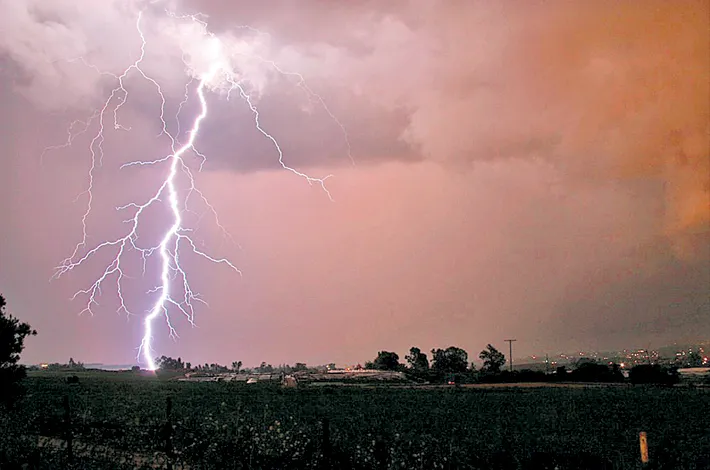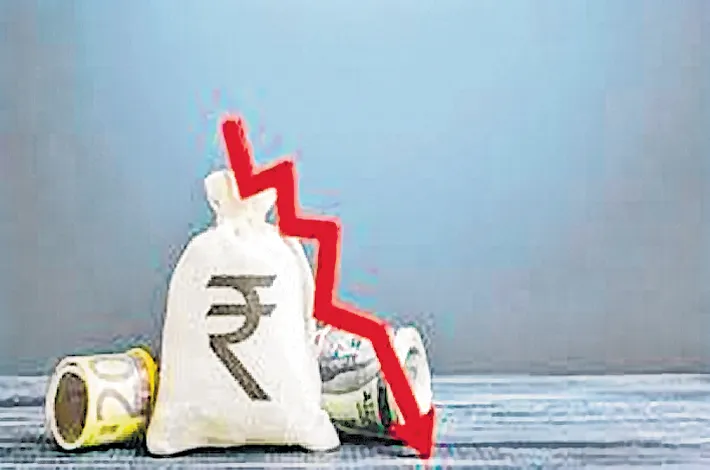TG among India’s top six states for extreme weather events in 2024
19-01-2025 12:00:00 AM

200 deaths in Telangana due to extreme climate events
Mulugu, Khammam, Bhupalapally, Suryapet, and Jogulamba Gadwal were the most severely affected. All 33 districts in the state were affected by erratic rainfall, temperature anomalies, and extreme weather conditions
Metro India News | Hyderabad
In 2024, Telangana faced a harrowing year marked by extreme weather events, resulting in nearly 200 fatalities. According to the India Meteorological Department's (IMD) annual climate summary, 2024 was officially recorded as India's warmest year. The impact of erratic rainfall, temperature anomalies, and severe weather conditions was felt across all 33 districts of the state.
According to the report released by the India, Meteorological Department (IMD), Telangana ranked sixth in terms of extreme weather events, following Uttar Pradesh, Madhya Pradesh, Kerala, and Bihar and Maharashtra. In Telangana, the primary causes of these extreme weather events were floods and heavy rains, heatwaves, and lightning and thunderstorms.
Independent data highlights that the districts of Mulugu, Khammam, Bhupalapally, Suryapet, and Jogulamba Gadwal were the most severely affected. All 33 districts in the state were affected by erratic rainfall, temperature anomalies, and extreme weather conditions.
In 2024, Telangana saw a varied distribution of rainfall, ultimately resulting in an annual surplus of 19%. This surplus was primarily due to the southwest monsoon, which brought 29% above-normal precipitation. The highest rainfall was recorded in Mulugu district at 1,582.5 mm, followed by Bhadradri Kothagudem with 1,247.5 mm, Mahabubabad at 1,207.4 mm, and Asifabad with 1,174.9 mm. However, the post-monsoon period experienced a 34% rainfall deficit, which contrasted with the earlier surplus.
In Hyderabad, the minimum temperature averaged 11.4°C, while the maximum reached a high of 44°C. The city also experienced its heaviest single-day rainfall on August 16, with 68.4 mm recorded. India's warmest year on record In 2024, India had its hottest year ever recorded. The average temperature was 0.65°C higher than the usual average from 1991 to 2020. This broke the previous record set in 2016, which was 0.54°C above the average.
Throughout the year, temperatures were higher than normal in all seasons. During winter (January to February), the temperature was 0.37°C above normal. In the pre-monsoon season (March to May), it was 0.56°C higher. The southwest monsoon season (June to September) saw temperatures 0.71°C above normal, and the post-monsoon season (October to December) had the highest increase of 0.83°C.








